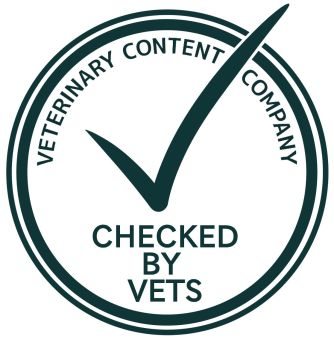Connect with a verified veterinarian in minutes. Licensed vets are available 24/7 to answer your questions. No need to worry about your furry family member.
Cats sometimes eat the strangest things! They will eat mice and bugs, of course, but they also eat things such as metal objects. This may be a necklace, buttons, or even a nail!
Has your cat eaten a nail? Are you worried the nail will make the cat sick? If so, then you’ve come to the right place. We understand it’s scary when your cat eats something he shouldn’t.
In this article, we’ll take a look at nails and whether or not they can make your cat sick. Let’s get started!
What is a Nail?
A nail is a metal object that’s used to join pieces of wood and other materials. Nails have a point on one end and a flat head on the other (in most cases, though there are exceptions).
Nails may be made of steel that’s been dipped or coated to keep them from corroding. Some nails may even include zinc.
Nails come in all sizes, too. There are nails for railroad ties, common nails used for multiple purposes, and more.
While nails are useful for humans, what happens if a cat swallows a nail?
Nails & Cats
Nails are extremely dangerous for cats. This is because they are pointed at one end, which means the nail could scrape, tear, or even puncture any part of the digestive tract. The nail may also cause an intestinal obstruction, which is a life-threatening medical condition. Left untreated, an intestinal blockage can lead to death.
What’s more, nails (called galvanized nails) may contain zinc, which is toxic to cats.

Review symptoms, medications & behavior to keep your pets healthy with a Vet Online in just minutes.
Ask a Vet Live NowWhat to Do If Your Cat Has Swallowed a Nail
If your cat has eaten a nail, then it’s best to call the vet right away. Don’t wait to see if your cat will develop symptoms. By that time, it could be too late to save your cat’s life. So, call the vet right away.
Let the vet know the size of the nail (if possible) and if it was a galvanized nail or another type of nail treated in some way.
Symptoms of Nail Ingestion in Cats
You may notice these symptoms if your cat has eaten a nail:
- Gagging/Retching
- Hypersalivation
- Diarrhea
- Vomiting
- Constipation
- Abdominal pain/swelling
- Lethargy
- Lack of appetite
- Crying
- Unwilling to lie down
If you notice any of these symptoms in your cat, call the vet right away. This is a medical emergency.
Treatment may involve an endoscopic procedure to remove the nail; however, in most cases, the cat may require emergency abdominal surgery. The surgery is done to remove the nail and repair any damage it has caused in the digestive tract.
In most cases, if cats receive prompt medical care after swallowing a nail, they will make a full recovery.
Connect with a verified veterinarian in minutes. Licensed vets are available 24/7 to answer your questions. No need to worry about your furry family member.

Emma Chandley, BVetMed MRCVS PGCertSAS
This article has been reviewed and approved by an independent Veterinarian: Emma graduated from the Royal Vet College in London in 2011. She has a keen interest in surgery and went on to do a post graduate certificate in small animal surgery and was then awarded advanced practitioner status in the same discipline.
Review symptoms, medications & behavior to keep your pets healthy with a Vet Online in just minutes.
Ask a Vet Live Now





